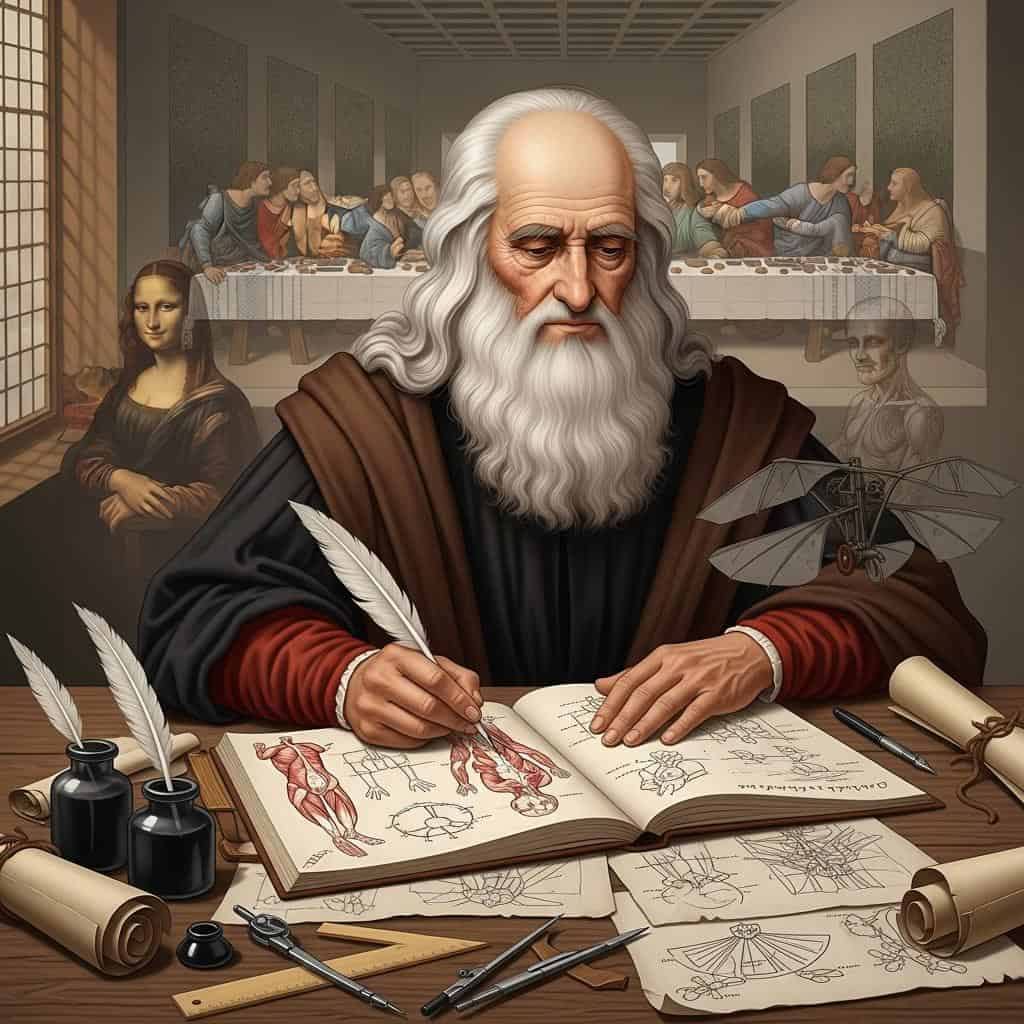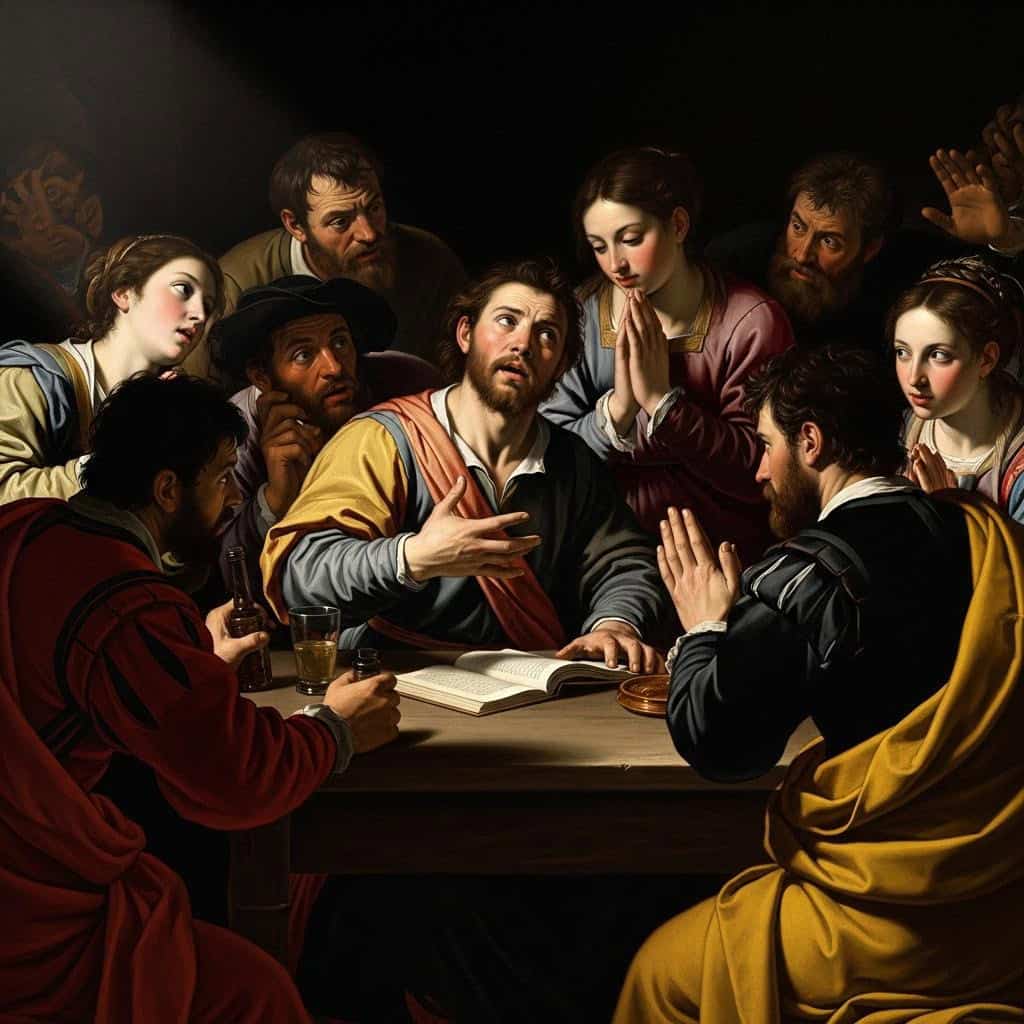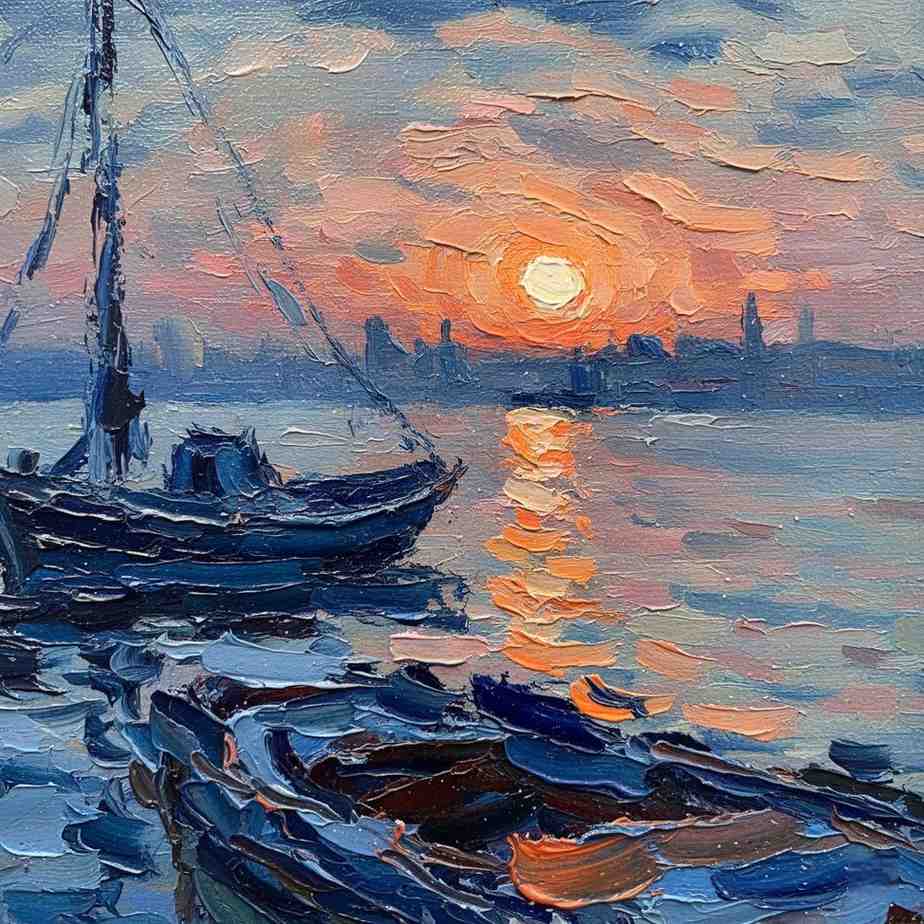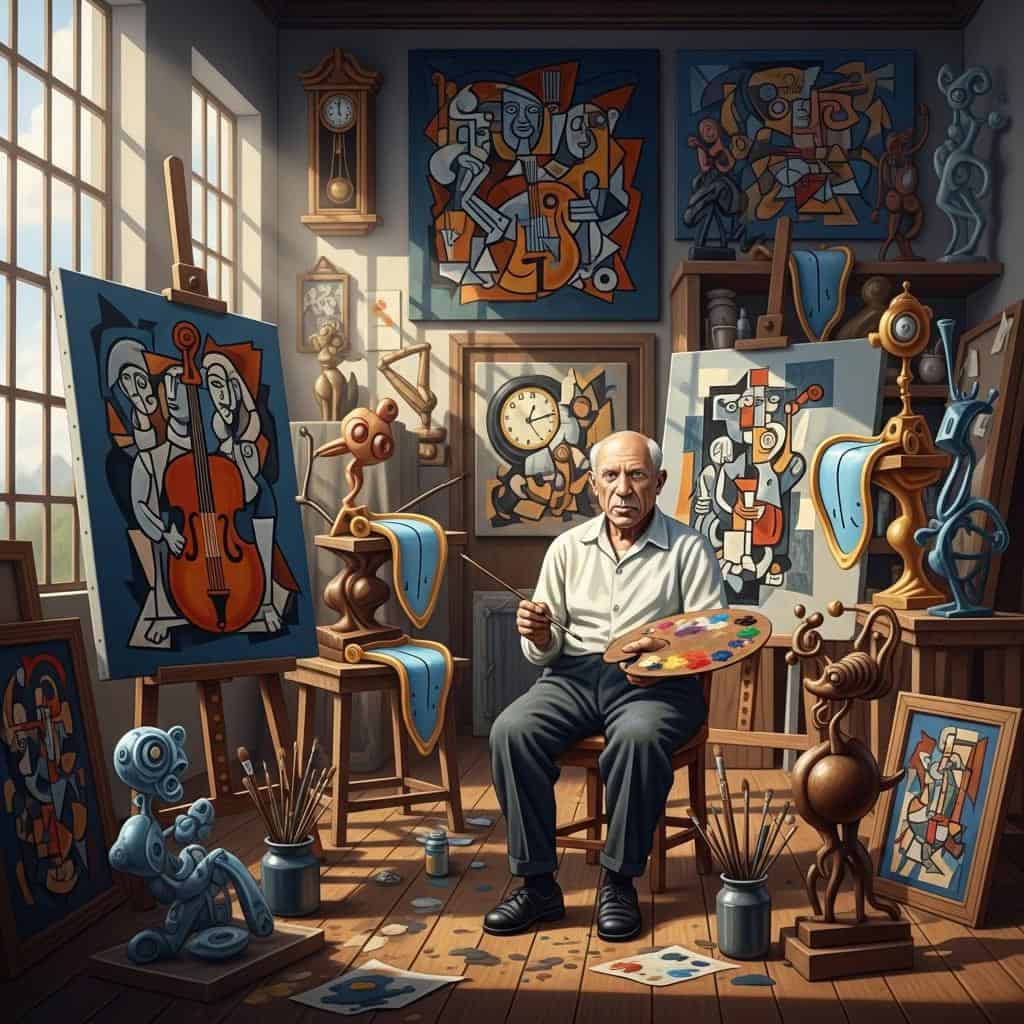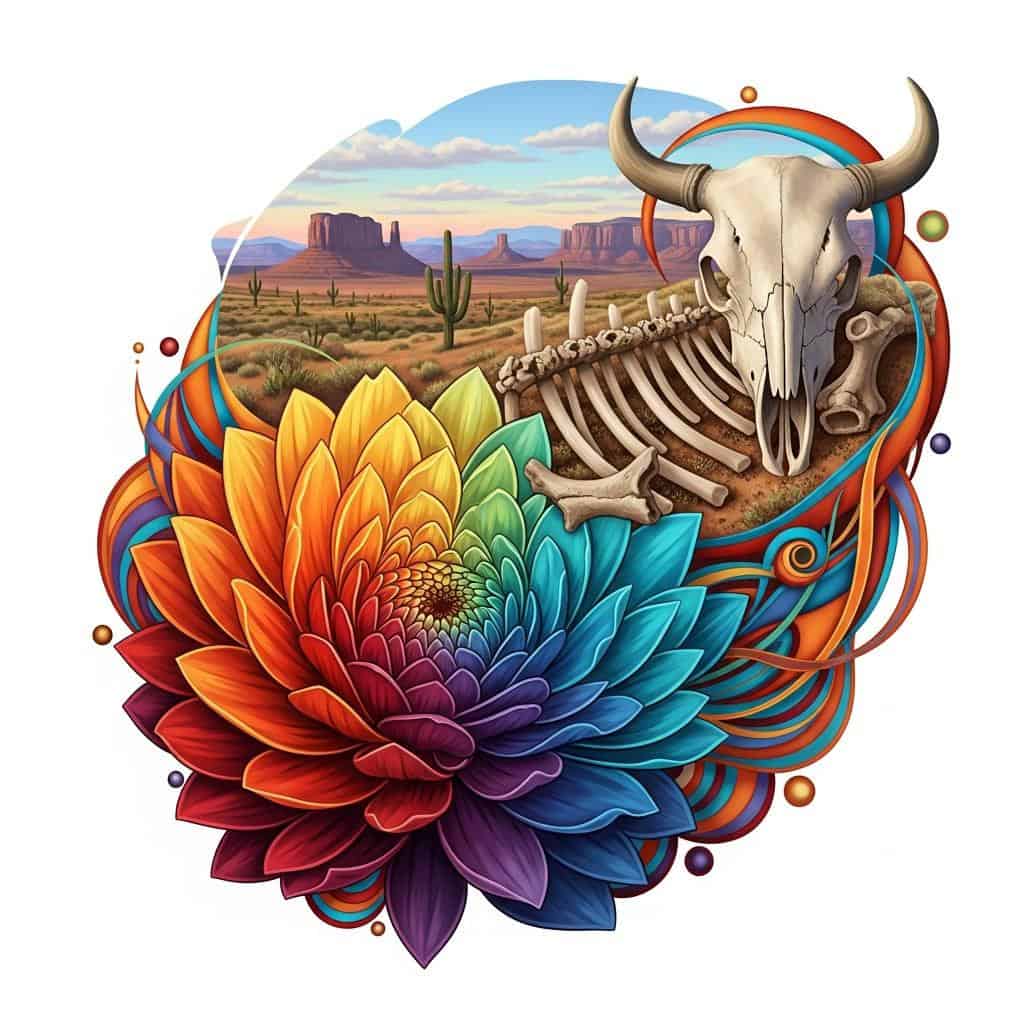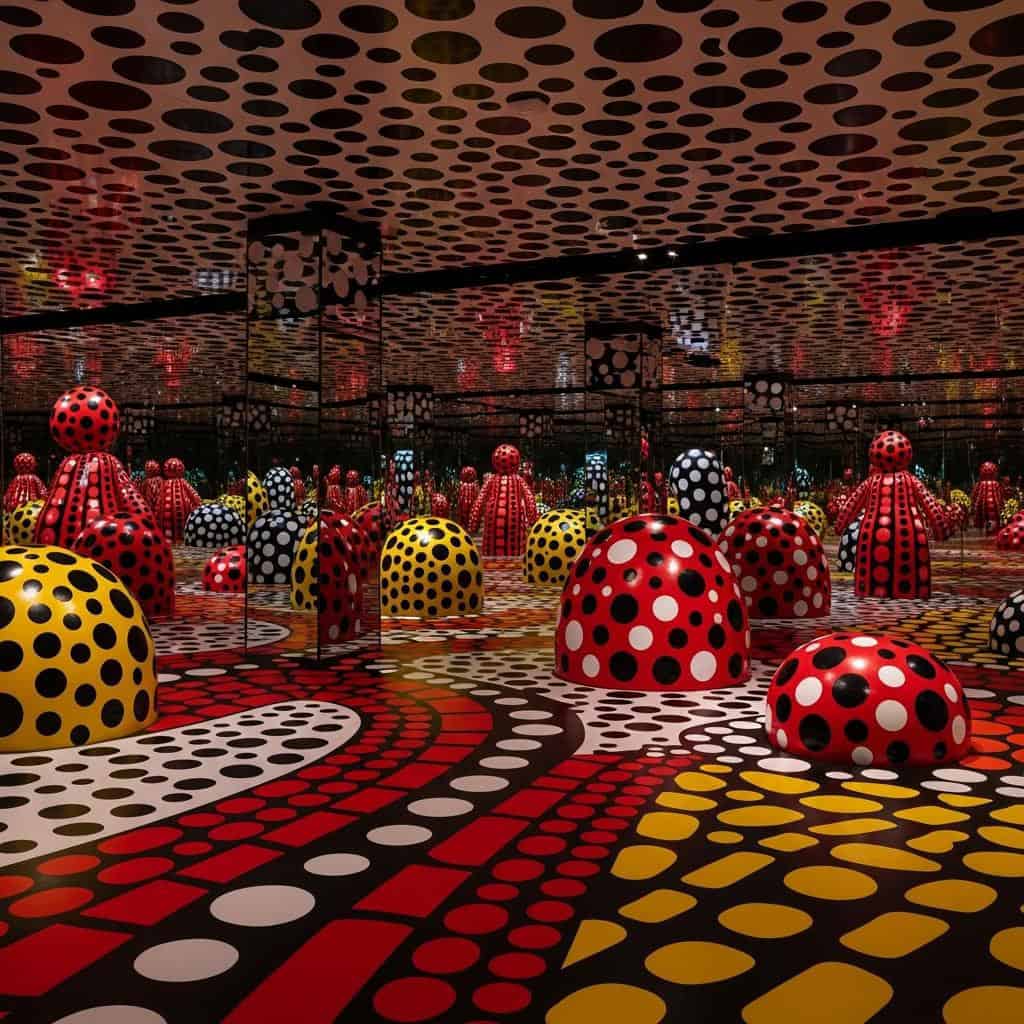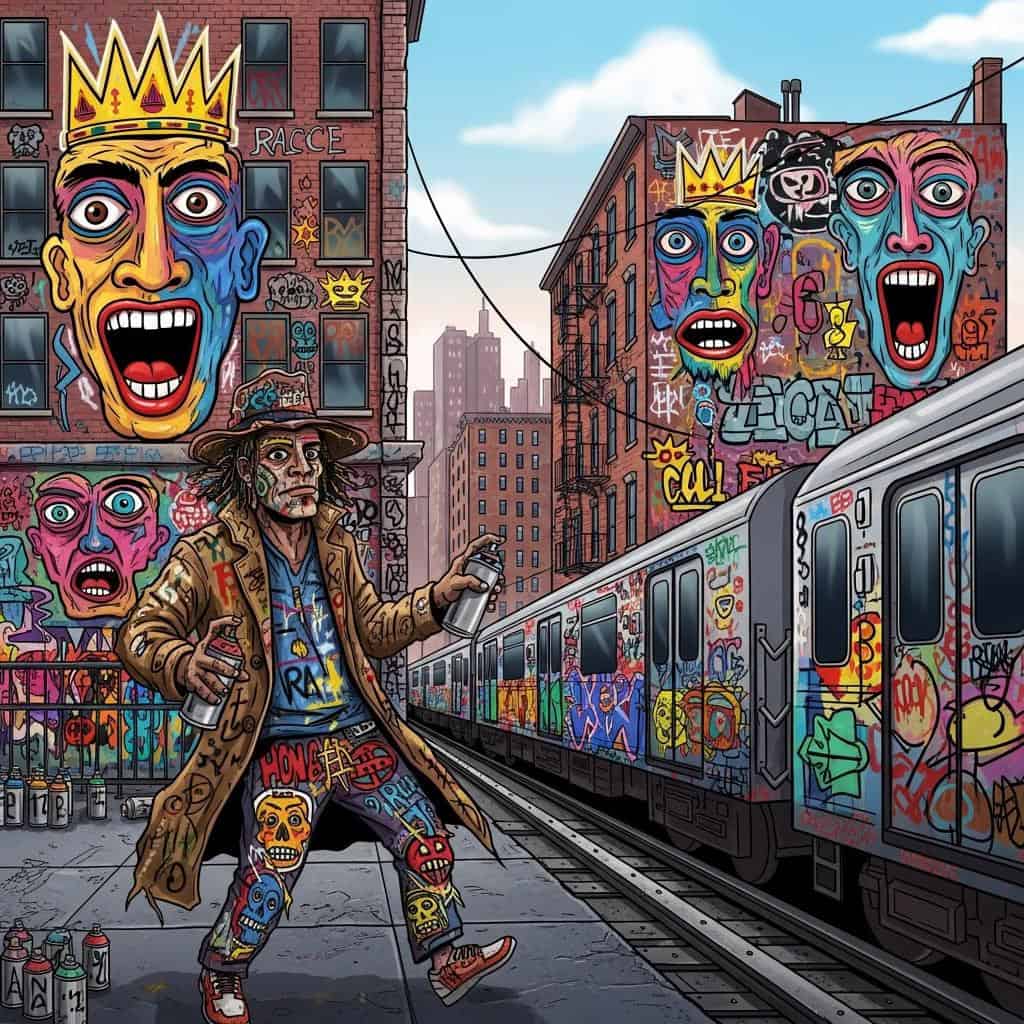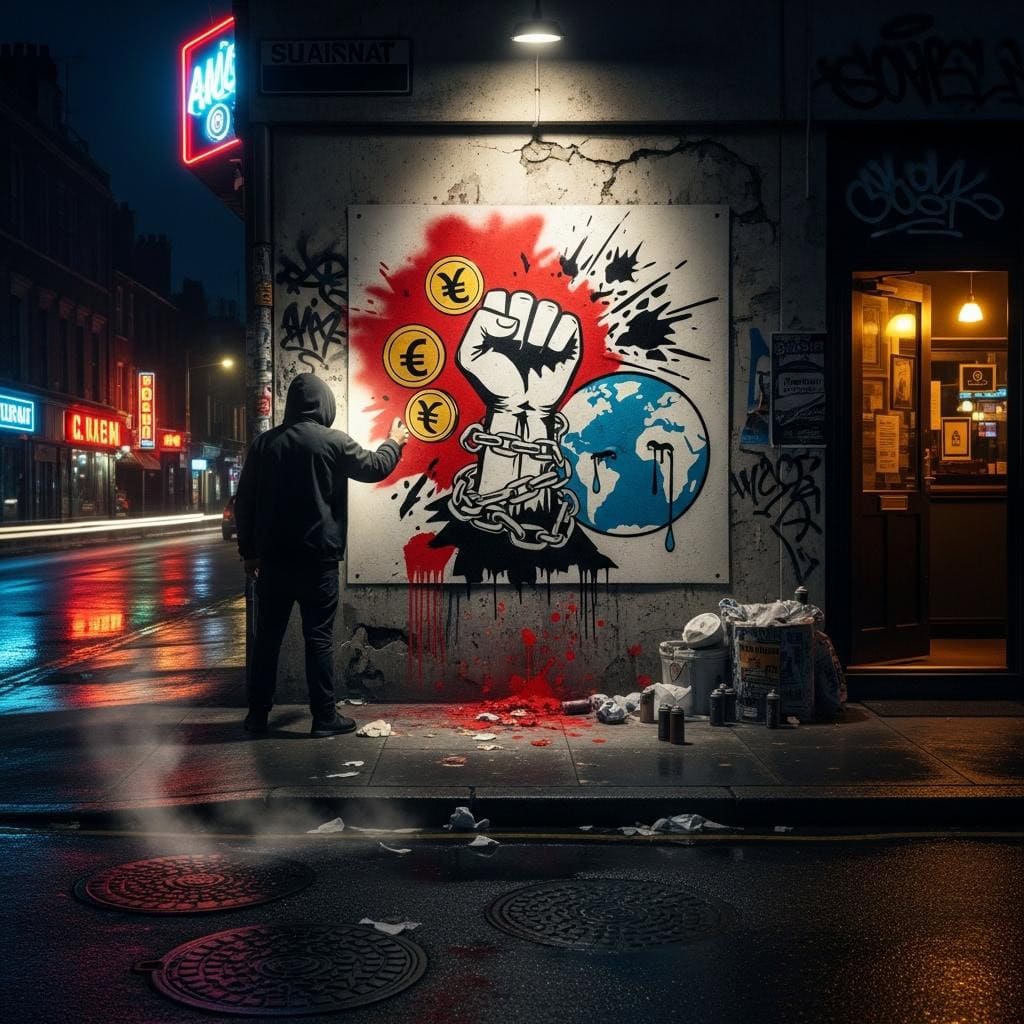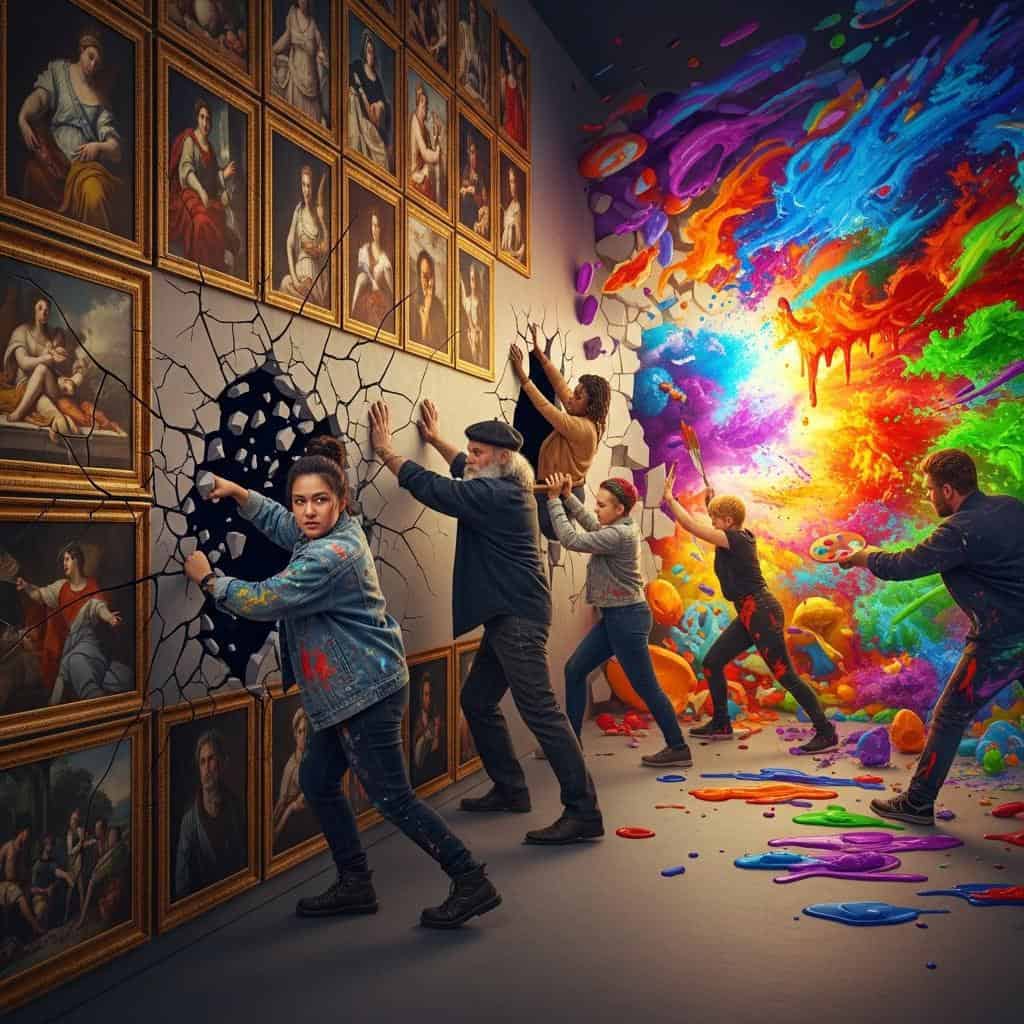Throughout history, certain artists have dared to defy established traditions, reshaping the world of art and leaving an indelible impact on culture. By challenging the norms of their time, these visionaries not only transformed artistic expression but also inspired generations to think differently. The following list explores twelve groundbreaking creators whose bold innovations changed the course of art history forever.


